Real Observatory of Madrid
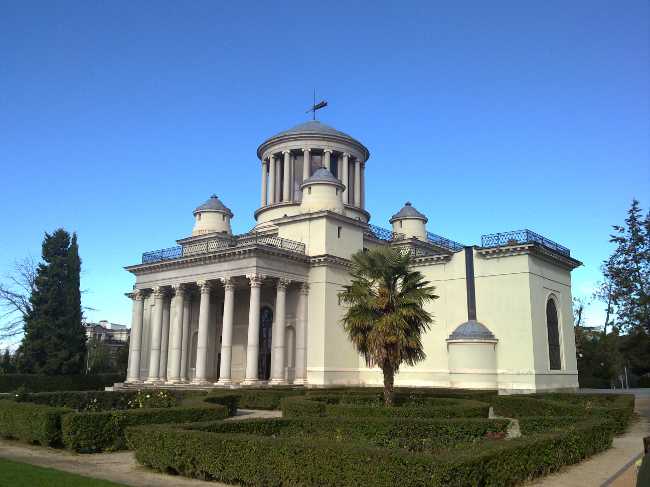
The Real Observatory of Madrid, founded in 1790 by King Carlos IV, is a historic scientific institution located on a hill beside Buen Retiro Park. Designed by Juan de Villanueva, the architect behind the Prado Museum, the observatory exemplifies Spanish neoclassical architecture with its domed rotunda and symmetrical wings. Originally equipped with a 25-foot Herschel telescope—later destroyed during the Peninsular War—the site has played a key role in astronomy, geophysics, and cartography. Today, it houses the National Astronomical Observatory and the Central Geophysical Observatory under the National Geographic Institute. Visitors can explore restored instruments like the Repsold meridian circle and a replica of Herschel’s telescope, as well as the Foucault Pendulum illustrating Earth’s rotation. The observatory also features a rich library and museum collection. Guided tours offer insight into Spain’s Enlightenment-era scientific ambitions and the evolution of astronomical research. Entry is free, but advance booking is recommended.
Madrid SpainThe Real Observatory of Madrid is located at Calle de Alfonso XII, 3, on a small hill called San Blas within the beautiful surroundings of Retiro Park. Founded in 1790 and designed by Juan de Villanueva, the neoclassical building is a historic scientific institution and currently serves as the seat of the Spanish National Observatory. The observatory houses an impressive collection of antique astronomical instruments, including a large telescope built in 1912, and showcases historical scientific achievements. Visitors may also admire its unique Foucault pendulum demonstrating the Earth's rotation. The location offers a tranquil retreat amidst the vibrant city, nestled next to one of Madrid's most beloved parks. Nearby, guests can easily access the National Museum of Anthropology, the Atocha train station, and prime Retiro Park entrances like Puerta de Alcalá. This blend of science, history, and nature makes the Real Observatory a fascinating cultural destination in Madrid.
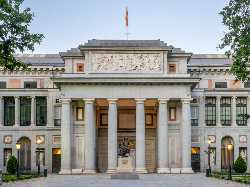 Museo Nacional del Prado
Madrid
Museo Nacional del Prado
Madrid
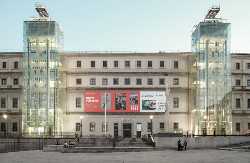 Museo Nacional Centro de Arte Reina Sofía
Madrid
Museo Nacional Centro de Arte Reina Sofía
Madrid
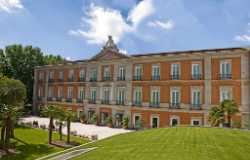 Thyssen-Bornemisza National Museum
Madrid
Thyssen-Bornemisza National Museum
Madrid
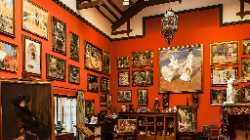 Sorolla Museum
Madrid
Sorolla Museum
Madrid
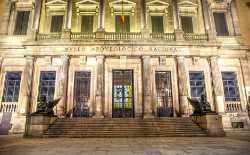 Museo Arqueológico Nacional
Madrid
Museo Arqueológico Nacional
Madrid
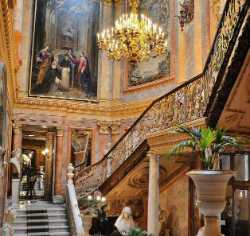 Museo Cerralbo
Madrid
Museo Cerralbo
Madrid
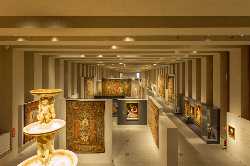 Galería de las Colecciones Reales
Madrid
Galería de las Colecciones Reales
Madrid
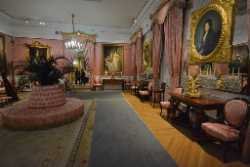 Museo del Romanticismo
Madrid
Museo del Romanticismo
Madrid
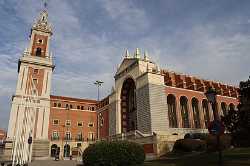 Museo de América
Madrid
Museo de América
Madrid
 History Museum of Madrid
Madrid
History Museum of Madrid
Madrid
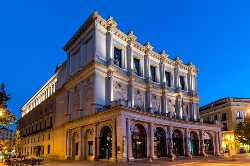 Teatro Real
Madrid
Teatro Real
Madrid
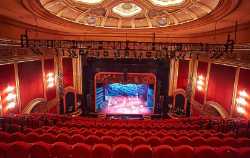 Teatro Lope de Vega
Madrid
Teatro Lope de Vega
Madrid
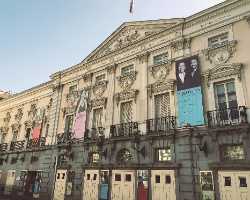 Teatro Español
Madrid
Teatro Español
Madrid
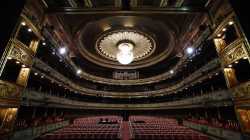 Teatro de la Zarzuela
Madrid
Teatro de la Zarzuela
Madrid
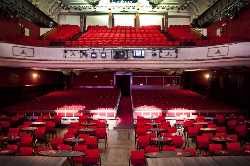 Teatro EDP Gran Vía
Madrid
Teatro EDP Gran Vía
Madrid
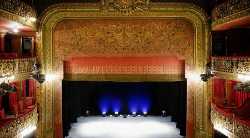 Teatro Lara
Madrid
Teatro Lara
Madrid
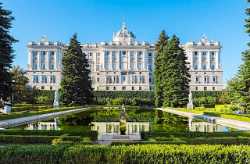 Royal Palace of Madrid
Madrid
Royal Palace of Madrid
Madrid
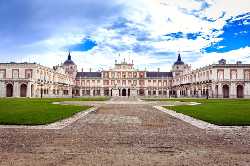 Royal Palace of Aranjuez
Madrid
Royal Palace of Aranjuez
Madrid
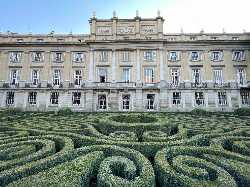 Liria Palace
Madrid
Liria Palace
Madrid
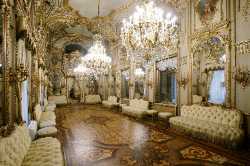 Palacio de Fernán Núñez
Madrid
Palacio de Fernán Núñez
Madrid
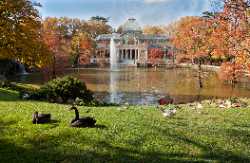 El Retiro Park
Madrid
El Retiro Park
Madrid
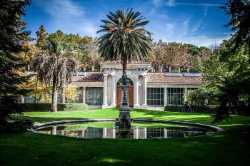 Real Jardín Botánico
Madrid
Real Jardín Botánico
Madrid
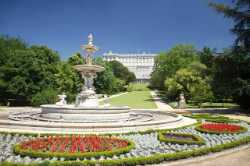 Campo del Moro Park
Madrid
Campo del Moro Park
Madrid
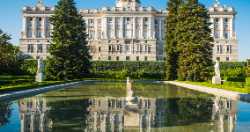 Jardines de Sabatini
Madrid
Jardines de Sabatini
Madrid
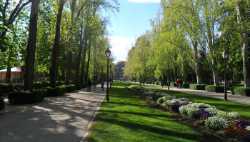 Casa de Campo Park
Madrid
Casa de Campo Park
Madrid
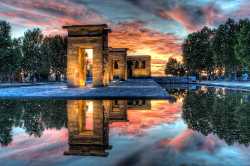 Temple of Debod Gardens
Madrid
Temple of Debod Gardens
Madrid
 Quinta de los Molinos
Madrid
Quinta de los Molinos
Madrid
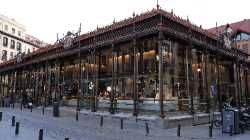 Mercado de San Miguel
Madrid
Mercado de San Miguel
Madrid
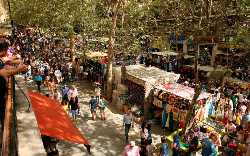 El Rastro
Madrid
El Rastro
Madrid
 Mercado de San Antón
Madrid
Mercado de San Antón
Madrid
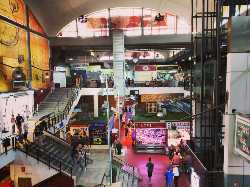 Mercado de la Cebada
Madrid
Mercado de la Cebada
Madrid
 Mercado de Maravillas
Madrid
Mercado de Maravillas
Madrid
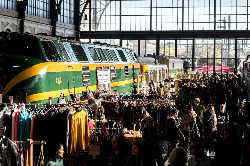 Mercado de Motores
Madrid
Mercado de Motores
Madrid
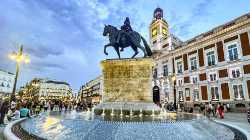 Puerta del Sol
Madrid
Puerta del Sol
Madrid
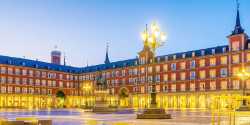 Plaza Mayor
Madrid
Plaza Mayor
Madrid
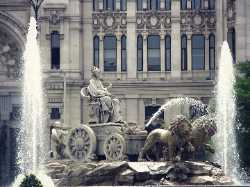 Plaza de Cibeles
Madrid
Plaza de Cibeles
Madrid
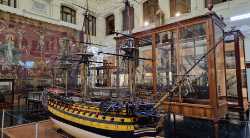 Naval Museum
Madrid
Naval Museum
Madrid
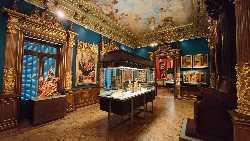 Lázaro Galdiano Museum
Madrid
Lázaro Galdiano Museum
Madrid
 CaixaForum Madrid
Madrid
CaixaForum Madrid
Madrid
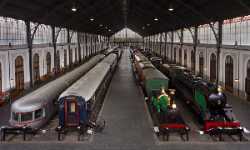 Museo del Ferrocarril
Madrid
Museo del Ferrocarril
Madrid
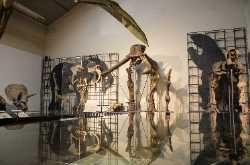 National Museum of Natural Sciences
Madrid
National Museum of Natural Sciences
Madrid
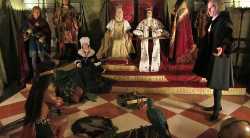 Wax Museum of Madrid
Madrid
Wax Museum of Madrid
Madrid
 Puerta de Alcalá
Madrid
Puerta de Alcalá
Madrid
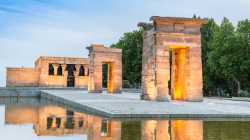 Temple of Debod
Madrid
Temple of Debod
Madrid
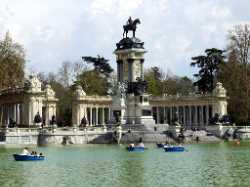 Monumento a Alfonso XII
Madrid
Monumento a Alfonso XII
Madrid
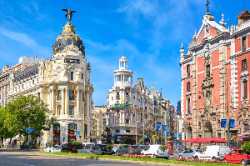 Gran Vía
Madrid
Gran Vía
Madrid
 Santiago Bernabéu Stadium
Madrid
Santiago Bernabéu Stadium
Madrid
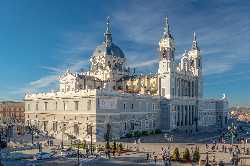 Almudena Cathedral
Madrid
Almudena Cathedral
Madrid
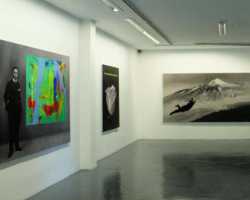 Galería Álvaro Alcázar
Madrid
Galería Álvaro Alcázar
Madrid
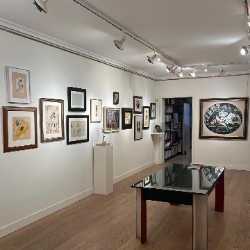 Guillermo De Osma
Madrid
Guillermo De Osma
Madrid
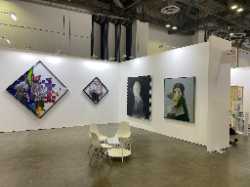 Galeria Casado Santapau
Madrid
Galeria Casado Santapau
Madrid
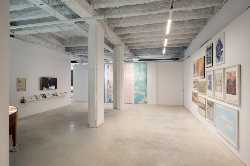 Nogueras Blanchard
Madrid
Nogueras Blanchard
Madrid
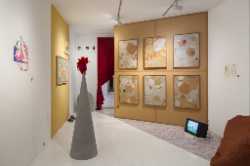 Travesía Cuatro
Madrid
Travesía Cuatro
Madrid
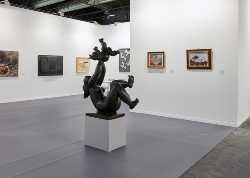 Leandro Navarro Gallery
Madrid
Leandro Navarro Gallery
Madrid
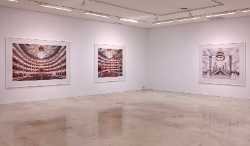 Helga de Alvear Gallery
Madrid
Helga de Alvear Gallery
Madrid
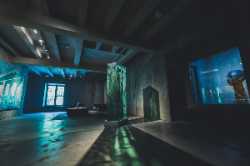 Espacio SOLO
Madrid
Espacio SOLO
Madrid
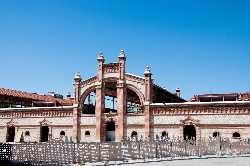 Matadero Madrid
Madrid
Matadero Madrid
Madrid
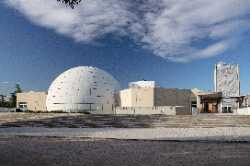 Planetario de Madrid
Madrid
Planetario de Madrid
Madrid
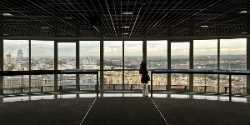 Faro de Moncloa Observation Tower
Madrid
Faro de Moncloa Observation Tower
Madrid